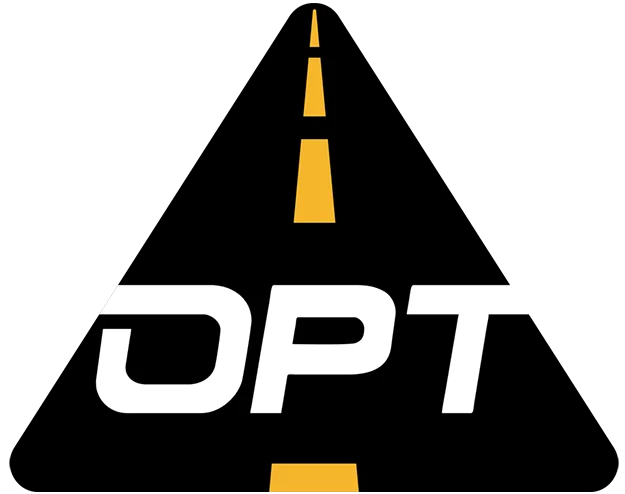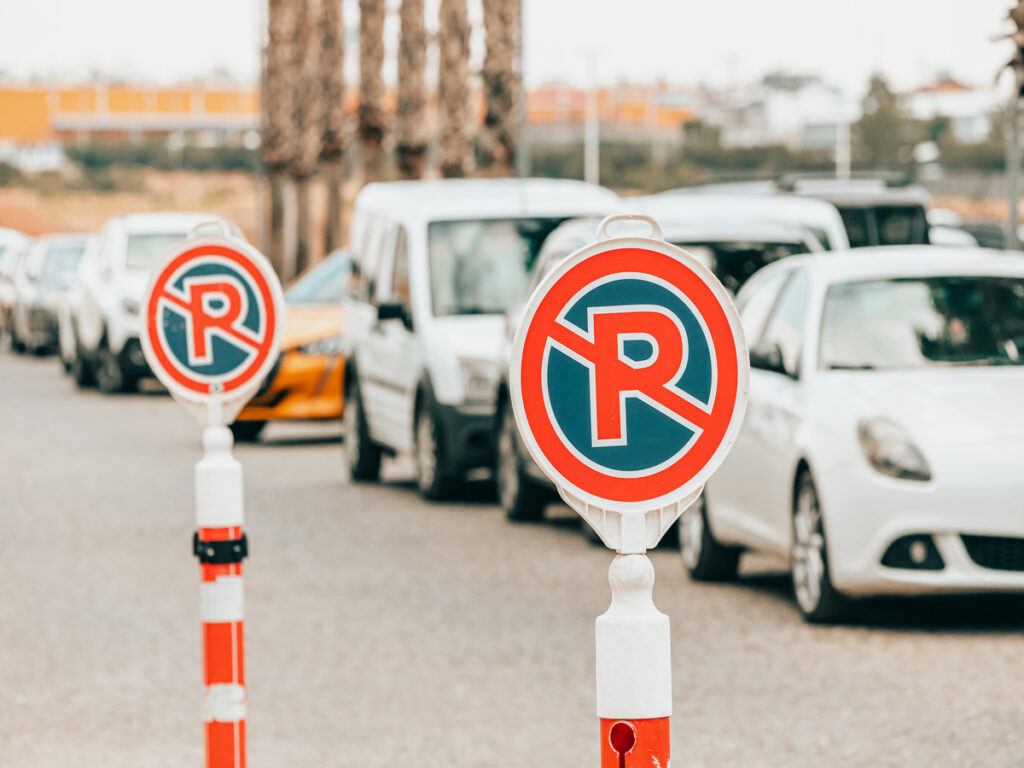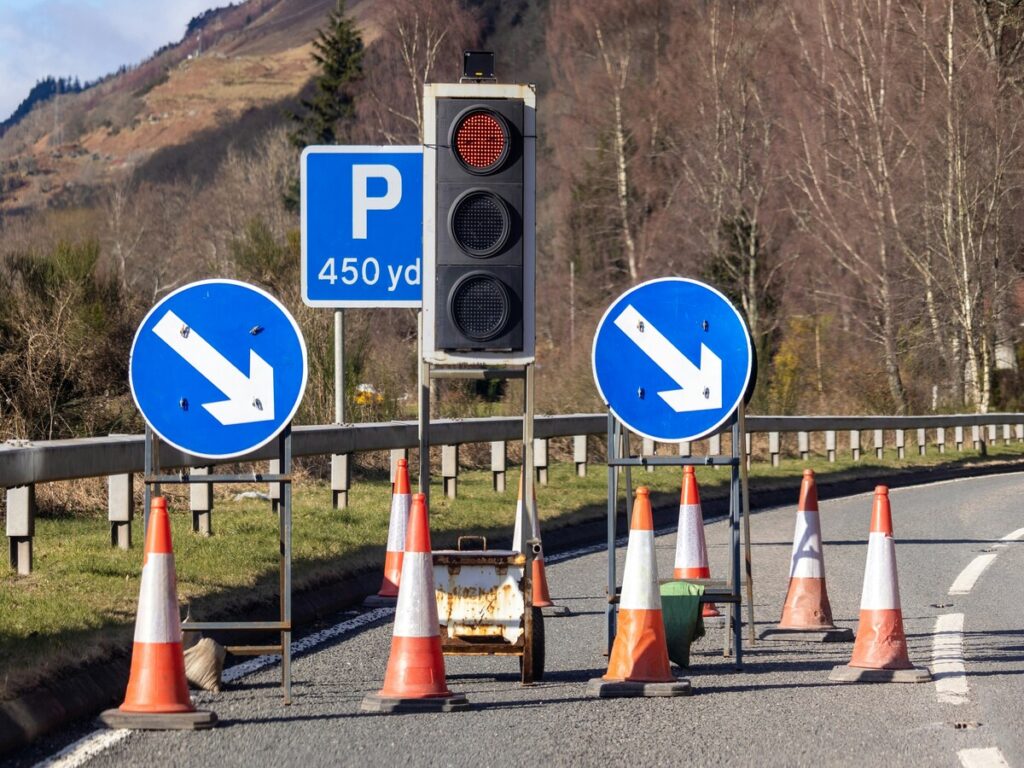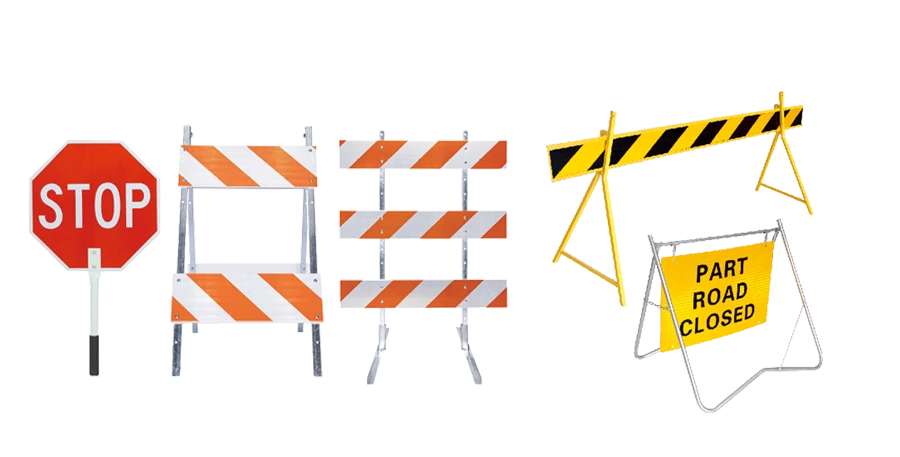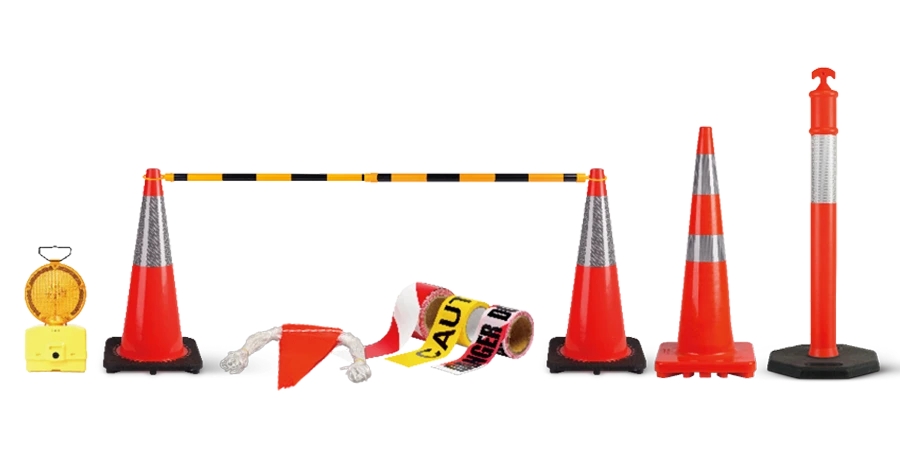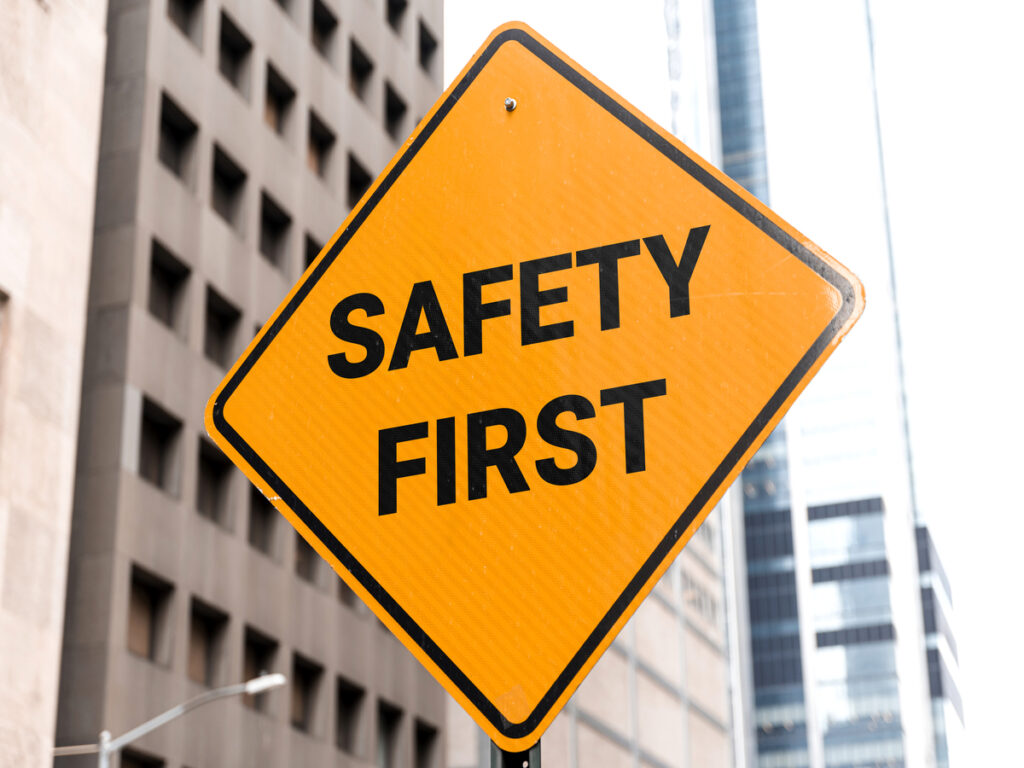
多くの場合、国際的なプロジェクトでは、グローバルな規制に準拠するために認定された安全標識が必要です. These certifications demonstrate that the signs are clear, 耐久性, そして効果的な. 私たち. companies may risk losing bids if their signs do not meet these standards. Certified signs facilitate safe project execution and ensure smooth inspections. Purchasing pre-approved safety signs for sale from trusted safety signs suppliers can significantly enhance your chances of winning bids and successfully completing projects.
オプトラフィック, 信頼できる安全標識サプライヤーとして, offers a wide range of certified safety signs designed to meet global standards. OPTRAFFIC high-quality signs for sale help ensure compliance, 安全性を向上させます, and streamline project execution. Contact us today to explore our certified safety signage solutions tailored to your needs.
キーテイクアウト
- Certified safety signs are important to win global projects. They show you follow safety rules, which earns trust from project owners.
- Plan early for safety sign approvals to avoid big mistakes. Make sure your signs follow all rules to stop bid rejections.
- Using certified suppliers makes things easier. They give you approved signs that follow safety rules, 時間と仕事を節約します.
- Pre-approved traffic signs help you submit bids faster. These signs already meet rules, making your bid stronger in tough projects.
- Good paperwork is very important. Add safety certificates and test reports to prove you care about safety and quality in your bids.
国際的なプロジェクト入札における一般的な安全標識認証要件
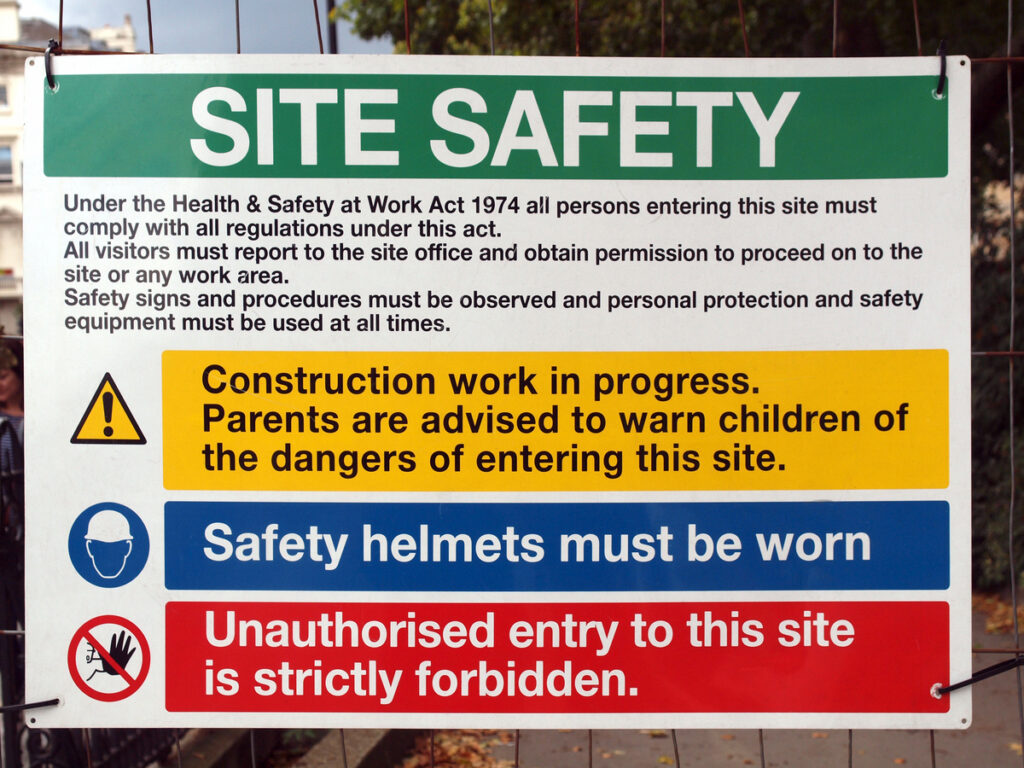
Certifications Often Needed
ISO 7010 compliance certification (EU and global)
ISO 7010 makes sure safety signs use the same symbols worldwide. This helps workers from different countries understand signs easily. Many international projects require this certification to meet safety rules.
MUTCD compliance documentation (私たち. influence in overseas tenders)
The mutcd sets rules for traffic signs, 信号, とマーキング. It is a U.S. standard but is used in some global projects. Showing MUTCD compliance can make your bid stronger in areas that respect U.S. 基準.
CEマーキング (ヨーロッパ) and AS1742 standards (Australia/New Zealand)
CEマーキング shows that safety signs meet European safety and health rules. AS1742 standards are for traffic signs in Australia and New Zealand. Both ensure safety signs are strong, 反射的, and work well in local conditions.
Reflectivity and durability certifications
Signs need to be bright and last long outdoors. Certifications like ANSI/NEMA Z535.4-2011 and MIL-STD-15024F prove signs stay visible and strong in tough weather. These show you care about safety and quality.
Want to learn more about how traffic safety signs differ across countries and regions?
ブログをご覧ください: “国と地域の交通安全標識の違い” to explore how standards vary worldwide and why it’s important to comply.
Documents Often Asked for in International Projects
Manufacturer’s Certificates of Compliance
Projects often ask for a certificate to prove signs meet standards. This document shows the signs match the project’s needs.
Independent laboratory testing reports
Testing reports from labs check how well signs work. They test things like brightness, 強さ, and material quality. These reports show experts trust your products.
Material safety and durability certifications
Certifications like ANSI/NEMA Z535.5-2011 and Z535.6-2011 prove materials are safe and strong. They also show signs can handle bad weather or heavy use.
Product traceability documentation (例えば。, material sourcing, quality assurance processes)
Traceability documents show where materials come from and how they are made. They include details about sourcing and quality checks. These documents prove your signs are reliable and meet rules.
How Certification Affects Bidding Competitiveness
Certification as a Competitive Advantage
Having certified safety signs can help you win bids. These safety signs prove your products follow global safety rules. Adding certified signs to your bid shows you care about quality. It also tells project owners you can meet safety needs on time.
Think of two companies bidding for the same job. One company includes all needed certifications. The other promises to get certified later. The first company is more likely to win. This is because it lowers risks for the project owner. Certifications make approval easier and build trust.
Without certifications, companies often lose bids. 例えば, a U.S. company lost a big project in Europe. Their signs didn’t have CE marking, so they were disqualified. Even though their price was good, missing documents hurt their chances. This shows how important certifications are in global bidding.
Avoiding Common Certification Pitfalls
Some companies make mistakes with certifications. One mistake is using signs that don’t meet rules. These safety signs can get your bid rejected right away. Another mistake is sending old or incomplete documents. Missing reports or certificates can slow down the process.
These mistakes can cost you a lot. Rejected bids waste time and money. 悪い, if bad signs are found during the project, it can cause delays and fines. これを避けるため, always check your signs meet the rules. Review your documents before sending your bid. Being careful helps you stay competitive and follow the rules.
Best Practices for U.S. Companies to Prepare for Certification Requirements
Plan Early with Certified Safety Signs
Using certified safety signs early helps avoid problems later. Many rules need specific signs in certain places to stay safe. 例えば:
- Safety signs warn workers to prevent accidents and injuries.
- OSHA requires clear signs for emergency exits and no-exit areas.
- Updating and fixing signs keeps them following OSHA and ANSI rules.
Planning ahead avoids delays when submitting project bids. It also helps you know which certifications your project needs. This careful planning makes sure your signs follow all rules. 安全性と品質に関心があることを示しています, which improves your chances of winning bids.
Work with Certified Suppliers
Teaming up with certified safety signs suppliers makes getting approved signs easier. These safety signs suppliers provide safety signs that meet global rules, keeping your project safe.
Certified safety signs suppliers offer these advantages:
- Their signs help prevent accidents and keep workers safe.
- They give pre-approved signs that meet safety rules.
- Clear signs lower risks and protect your company from legal trouble.
Buying pre-certified signs saves time and effort. You won’t need extra testing or paperwork. These safety signs suppliers also provide strong, 長持ちする兆候. This lets you focus on your project while staying safe and following the rules.
オプトラフィック offers a wide selection of safety signs for sale, designed to meet international standards and withstand tough environments. Our reliable products help streamline your safety planning and support your project from start to finish. Reach out today to find signage solutions that meet your exact needs.
Benefits of Using Pre-Certified Safety Signs
Easier Tender Submission and Faster Approval
Pre-certified safety signs simplify tender submissions. These standard safety signs already meet global rules. You don’t need extra testing or paperwork. Including certified standard safety signs shows your products follow safety standards. This builds trust with project owners and speeds up approval.
Approval is faster with pre-certified signs. Evaluators don’t need to check compliance from the start. They can focus on other parts of your bid. This makes your submission stand out in competitive projects. Choosing pre-certified standard safety signs saves time and boosts your chances of winning bids.
Safer Projects and Better Reputation
Certified signs lower risks during construction. They keep workers and the public safe by showing hazards clearly. Fewer accidents mean fewer delays, keeping your project on schedule. Good standard safety signs also protect your company from legal problems by meeting safety rules.
Using certified signs improves your reputation worldwide. 安全性と品質に関心があることを示しています. This builds trust with clients and partners. Below is a table showing how certified signs help projects:
| 特典タイプ | 説明 |
|---|---|
| Promotes Safety | Safety signs prevent injuries by showing hazards and safety steps. |
| Reduces Liability | Proper signs protect companies by sharing safety information clearly. |
| Aids in Regulatory Compliance | Following OSHA rules proves your commitment to safety standards. |
Pre-certified traffic signs show professionalism and reliability. They improve project results and help you succeed in the competitive construction industry.
Real-World Case Study

私たち. Firm Wins International Highway Project
Example of a U.S. company meeting safety sign rules.
Picture a U.S. construction company bidding for a highway job in Europe. The project needed CE marking and ISO 7010-certified safety signs. The company knew these rules were important early on. They worked with a certified supplier to get pre-approved traffic signs. These standard safety signs met all rules for brightness, 強さ, and safety materials.
The company also prepared key documents. These included compliance certificates, lab test reports, and material tracking records. By sharing these, they showed they cared about safety and quality. The project team liked their careful planning and readiness to meet global rules.
How following rules helped win the project.
The company’s certified signs gave them an advantage. Their bid stood out because it lowered risks for the project owner. Pre-approved signs saved time by skipping extra tests or approvals. The evaluators trusted the company to deliver a safe project.
Another bidder didn’t have CE-marked safety signs or proper documents. This caused worries about delays and breaking rules. このため, 米国. company won the job. Their focus on certifications not only got them the project but also boosted their global reputation. This shows how important certified safety signs are in winning bids.
Understanding certification rules early helps you succeed in global projects. Preparing ahead avoids delays and ensures your bids follow world standards.
To meet rules and stay competitive, try these steps:
- Make a policy for buying items that follow global rules.
- Teach your team how to follow these rules and use tools.
- Check suppliers to make sure they meet the needed standards.
- Improve your checks to keep quality steady.
- Talk clearly with suppliers to work well together.
- Watch for problems and fix them quickly.
- Keep your systems safe with strong cybersecurity.
- Ask experts for help with tricky certification rules.
Following these steps helps you win bids and builds trust as a dependable partner worldwide.
よくある質問
What are industrial safety signs, and why do they matter in bidding?
Industrial safety signs show dangers and give safety instructions. They follow rules like OSHA and ANSI standards. Using certified signs in your bid shows you care about safety. This can help you win more projects.
How do certifications affect bidding for global projects?
Certifications show your signs follow worldwide safety rules. They lower risks for project owners and make approvals faster. Without certifications, your bid might get rejected, slowing you down and hurting your chances.
What papers should you have for safety sign rules?
Get compliance certificates from manufacturers, lab test reports, and durability certifications. また, include traceability documents. These prove your signs meet safety rules and project needs, making bidding easier.
How can you avoid mistakes with safety sign rules?
Use safety signs that follow ANSI and OSHA standards. Check all papers before sending your bid. Don’t use old or incomplete certifications, as they can cause rejections or delays.
Why work with certified safety signs suppliers for safety signs?
Certified safety signs suppliers give signs that already meet global rules. Their safety signs for sale save you time and effort when bidding. They also help your project stay safe and follow safety rules.
